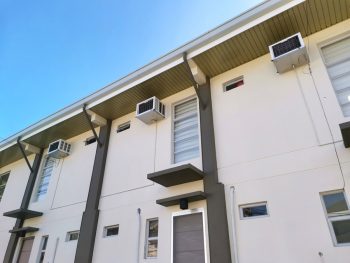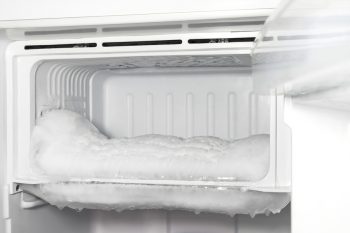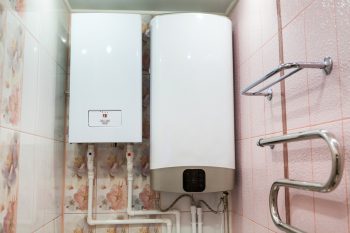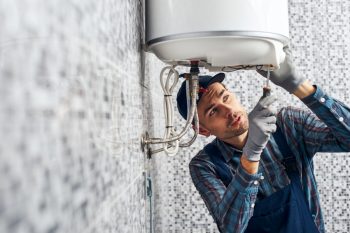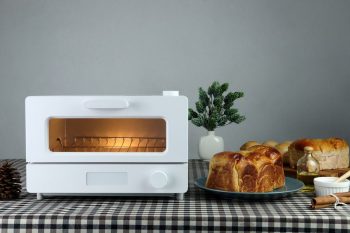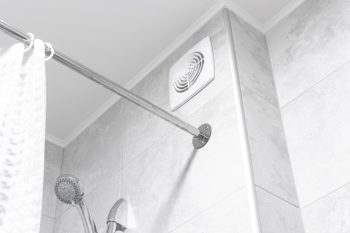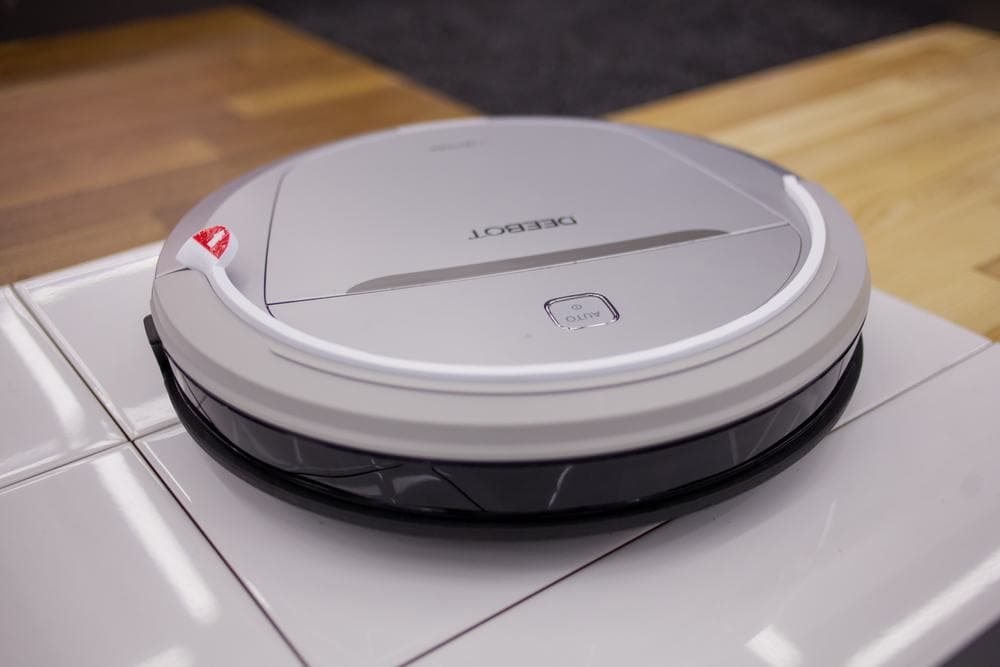
In the realm of autonomous cleaning, the name Roomba stands out as a significant player. This robotic vacuum cleaner, created by iRobot, has revolutionized the way we approach household cleaning. But when did Roomba come out? Let’s dive into the history, evolution, and impact of this groundbreaking appliance.
The Roomba, a robotic vacuum cleaner created by iRobot, was officially introduced on September 17, 2002. This innovative appliance was developed by three roboticists from the Massachusetts Institute of Technology (MIT) – Colin Angle, Helen Greiner, and Rodney Brooks. Since its introduction, the Roomba has revolutionized the home cleaning industry and has sold more than 20 million units worldwide.
The Birth of Roomba
The Roomba was officially introduced by iRobot on September 17, 2002. This invention was the brainchild of three roboticists from the Massachusetts Institute of Technology (MIT) – Colin Angle, Helen Greiner, and Rodney Brooks. They founded iRobot in 1990 with a vision of making practical robots a reality and worked tirelessly at MIT’s Artificial Intelligence Lab before creating the Roomba.
Initial Reception and Success
The Roomba, with its innovative and convenient approach to home cleaning, was an instant hit. The market’s initial response was overwhelmingly positive. On the first Amazon Prime Day in 2015, iRobot sold 14,000 Roomba robotic vacuums, demonstrating the product’s popularity and success. Since its introduction, iRobot has become a global enterprise, selling more than 20 million robots worldwide.
Evolution of Roomba
Over the years, the Roomba has undergone significant evolution in terms of design and functionality. From basic cleaning with three buttons (Small, Medium, and Large) in the first-generation models to sophisticated navigation systems, separate sweep canisters, more powerful vacuums, and obstacle avoidance in the 600, i, j, Combo, and s9 series, the Roomba has come a long way.
One of the most significant improvements is the advanced navigation system. Early Roombas used bumpers, which often led to random and inefficient cleaning patterns. Modern Roombas use lidar to map out cleaning routes more efficiently.
iRobot also introduced iRobot OS in 2022, an evolution of the Genius Home Intelligence platform. This operating system offers more pet features, understands more voice commands, and recognizes more objects than any other robot.
Impact on Home Appliances Industry
Roomba has significantly impacted the home appliances industry. As one of the first practical home robots, Roomba has paved the way for an entirely new category in home cleaning. iRobot holds an estimated 88% share of the robot vacuum market, and in North America, iRobot accounted for 75% of the total market revenue share in 2020.
Roomba’s success has led to increased enthusiasm for smart home technologies and has influenced the design of other home appliances. Roomba has also driven innovation in the home appliances industry, with advancements in navigation, self-emptying bins, object recognition, mopping, and self-cleaning.
Challenges Faced by Roomba
Despite its success, Roomba faced several challenges during its early years. From a randomized cleaning algorithm to limited market share and financial struggles, the journey to the top was not smooth. However, Roomba has become one of the most successful household robots, selling millions of units worldwide despite these challenges.
The Secret Behind Roomba’s Success
Several key factors contribute to Roomba’s success and popularity. From its advanced robotic technology and strong marketing and branding to its ability to adapt to different environments and cleaning situations, Roomba has established itself as a dominant player in the robotic vacuum cleaner market.
Roomba’s Impact on the Cleaning Industry
Roomba has significantly impacted the cleaning industry, introducing a new level of convenience and efficiency to the cleaning process. It supports opportunistic cleaning and multitasking, as well as planned cleaning. Users can schedule the vacuum to run at specific times or days, allowing them to focus on other tasks while the Roomba takes care of the cleaning.
In conclusion, the Roomba has truly revolutionized the cleaning industry since its inception in 2002. It has transformed our approach to cleaning, making it more efficient, convenient, and even enjoyable. As technology continues to advance, we can expect even more innovation and evolution from Roomba and iRobot.
Frequently Asked Questions
How does Roomba navigate around furniture and other obstacles?
Modern Roombas use a technology called iAdapt Navigation, which uses sensors to navigate around furniture and other obstacles. It also has cliff detection sensors, so it doesn’t fall off stairs or ledges.
Can Roomba clean multiple rooms?
Yes, Roomba can clean multiple rooms. Some models are equipped with a feature called Virtual Wall Lighthouse, which guides the Roomba from one room to another, ensuring it cleans one room before moving on to the next.
Can Roomba work on all floor types?
Roomba is designed to work on all floor types, including carpet, tile, hardwood, and laminate. It automatically adjusts its cleaning head to effectively clean both hard floors and carpets.
How does Roomba handle pet hair?
Roomba is equipped with dual multi-surface brushes, which are effective at picking up pet hair. Some models even have a High-Efficiency Filter, which traps 99% of cat and dog allergens.
How often does Roomba need to be charged?
A Roomba typically needs to be charged after each cleaning cycle. However, some models have a feature called Recharge and Resume, which allows the Roomba to return to its base to recharge and then resume cleaning where it left off.


